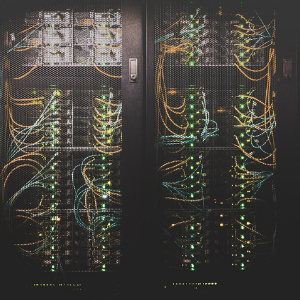Page TItle
THE CIRCULAR ECONOMY ACTION AGENDA
THE CIRCULAR ECONOMY ACTION AGENDA
Subtitle
The world needs to pivot away from the linear economic system. PACE's Circular Economy Action Agenda illuminates how we can transition toward circularity.
The world needs to pivot away from the linear economic system. PACE's Circular Economy Action Agenda illuminates how we can transition toward circularity.
The Circular Economy Action Agenda
The Circular Economy Action Agenda is a rallying call for businesses, governments, researchers, consumers and civil society to work together to accelerate the transition to a circular economy.
The Action Agenda is made up of five publications: plastics, textiles, electronics, food, and capital equipment. These are crucial areas for the creation of a circular economy, with many lessons that apply to other sectors. More than 200 experts from more than 100 businesses, governments and civil society organizations have contributed to the development of the Action Agenda.
There’s no longer any question of whether we need a circular economy – the evidence is clear. The Circular Economy Action Agenda tells us how to make it happen, and how to ensure it has the greatest possible impact on people and planet.
Each publication of the Circular Economy Action Agenda presents:
- Objectives – setting out what a circular economy would look like
- Impact – assessment of the potential impact on people and the planet if the objectives are achieved
- Barriers – analysis of what is impeding the implementation or scaling of circularity
- Actions – 10 calls-to-action designed to optimize impact, overcome barriers, and study the unknown – including practical examples of where to start and case studies of what is already working.
Why do we need a circular economy?
The world needs to move towards a circular economy because use of resources has tripled since 1970 and could double again by 2050 if we continue business as usual. We must urgently work to create a circular economy where waste and pollution are designed out, products and materials are kept in use, and natural systems are regenerated – leading to a more resilient economy and a healthier planet.
Working towards a circular economy can help us address 45% of global greenhouse gas emissions, as well as offering a $4.5 trillion economic opportunity.
What are the key elements of the Circular Economy Action Agenda?
Food
We cannot survive without food. But our planet cannot survive our current wasteful, resource intensive and polluting model. By transitioning to a circular economy, we can change how we make and produce food to help us tackle climate change and feed the global population of tomorrow.

Textiles
Fast fashion has huge human and environmental costs. It makes unsustainable demands on the planet while emitting large quantities of chemicals and toxins. At the same time, millions of items go to waste: unsold, unused or discarded. A circular economy for textiles will help reduce and reuse waste, reducing climate impacts and protecting the people who produce and dispose of our textiles.

Plastics
Plastic waste has become one of the defining issues of our time. The environmental and social consequences are of global concern: plastics in our oceans, greenhouse gas emissions and toxic additives. A move to a circular economy will help drastically reduce our use of plastics and ensure those we do use are managed responsibly.

Electronics
Electronics are the world’s fastest-growing waste stream. New production of vast quantities of consumer electronics predominantly depends on using virgin natural resources, while existing products are simply discarded inefficiently. A transition to a circular economy is a major economic opportunity for the electronics industry to build efficiencies across the value chain.

Capital Equipment
Production of capital equipment – high value assets – uses 7.2 billion tons of resources per year. These are products that are designed, built and acquired to last, often staying in use for several decades. The capital equipment sector is well-suited to offer important lessons to other industries linking circularity to achieving climate ambitions as the circular and low-carbon agendas are complementary and mutually supportive.

